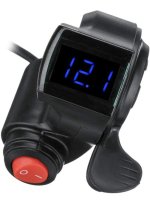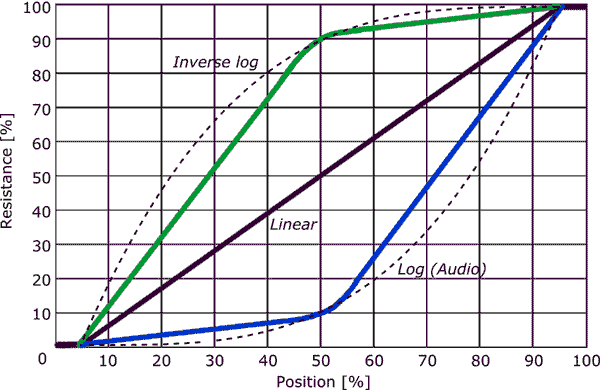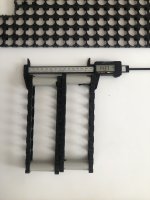Eastwood
100 kW
- Joined
- Jan 13, 2021
- Messages
- 1,479
-I’ve edited the title as I will just use this thread for my first battery build*
So my question is, will I get more range from a higher voltage pack with discharging less amps, or lower voltage with more discharge amps that has more amp hour capacity?
Battery build will be with 340 cells as that’s what I can fit in my frame. Molice 21700 P42A 4200mah..
I ride Enduro/Hard Enduro in the mountains. No street riding at consistent speeds. So most of the time it’s at slower speeds of constant stop and go due to enduro/hard Enduro riding. It makes sense with the higher voltage pack, There’s less heat so more efficient but I’m more concerned with overall range.
Option 1
340 cells =
20s 17p = 71,400 amp hours
Option 2
338 cells =
26s 13p = 54,600 amp hours
Which option would give me more range, considering the type of riding I do?
So my question is, will I get more range from a higher voltage pack with discharging less amps, or lower voltage with more discharge amps that has more amp hour capacity?
Battery build will be with 340 cells as that’s what I can fit in my frame. Molice 21700 P42A 4200mah..
I ride Enduro/Hard Enduro in the mountains. No street riding at consistent speeds. So most of the time it’s at slower speeds of constant stop and go due to enduro/hard Enduro riding. It makes sense with the higher voltage pack, There’s less heat so more efficient but I’m more concerned with overall range.
Option 1
340 cells =
20s 17p = 71,400 amp hours
Option 2
338 cells =
26s 13p = 54,600 amp hours
Which option would give me more range, considering the type of riding I do?
Last edited:





